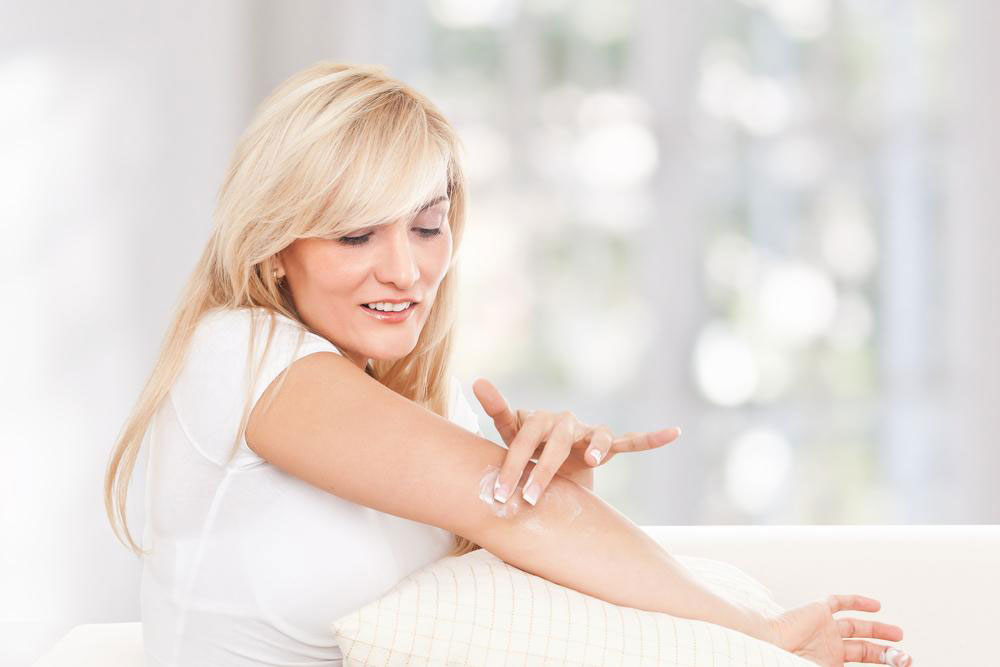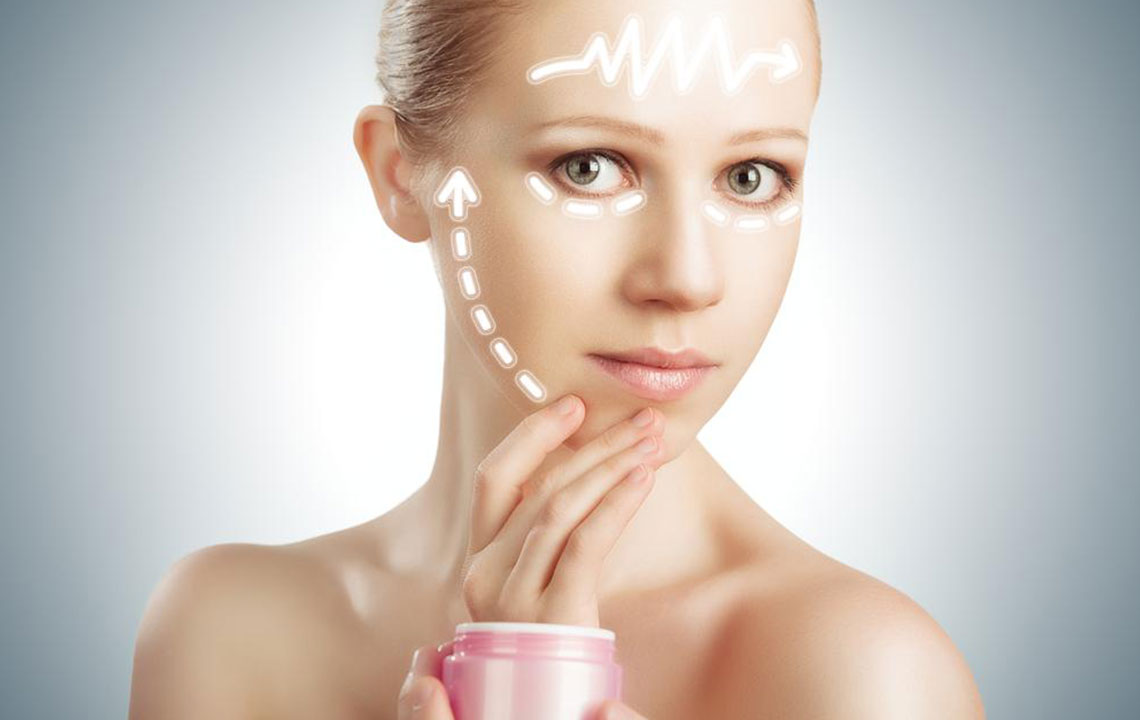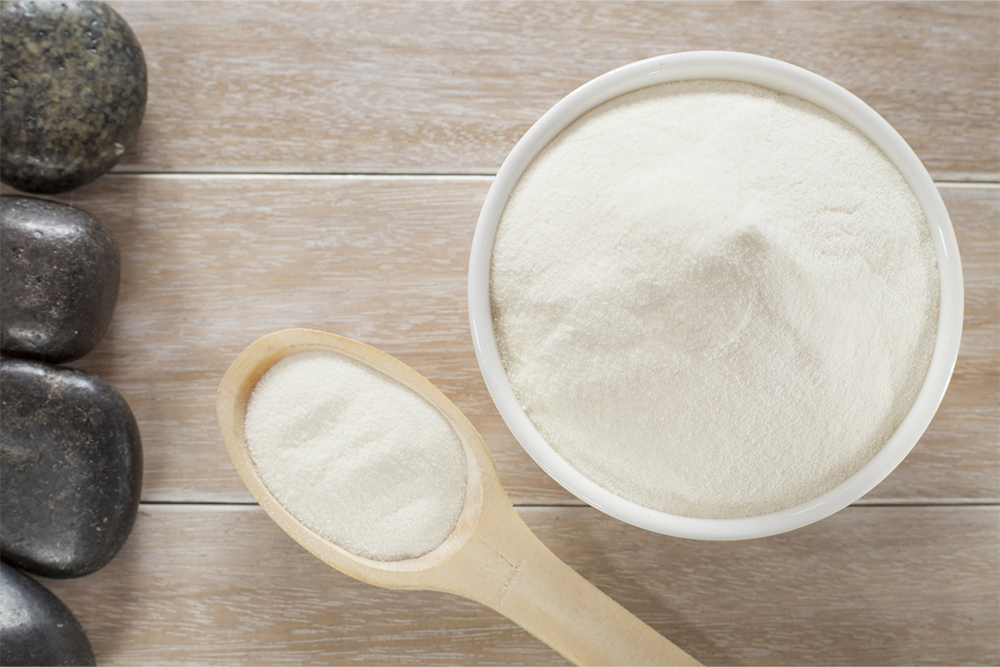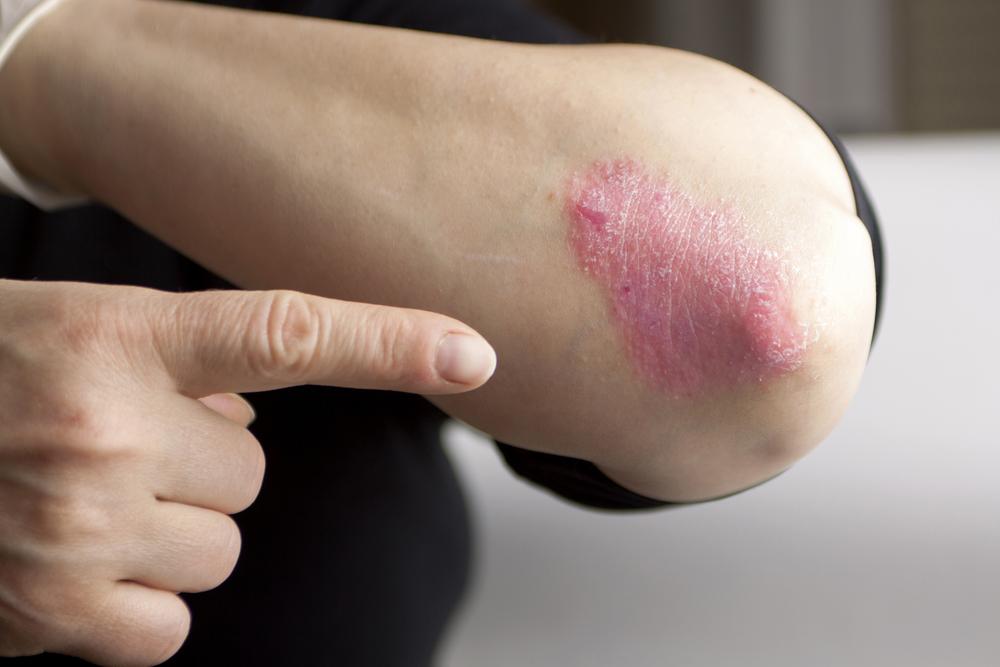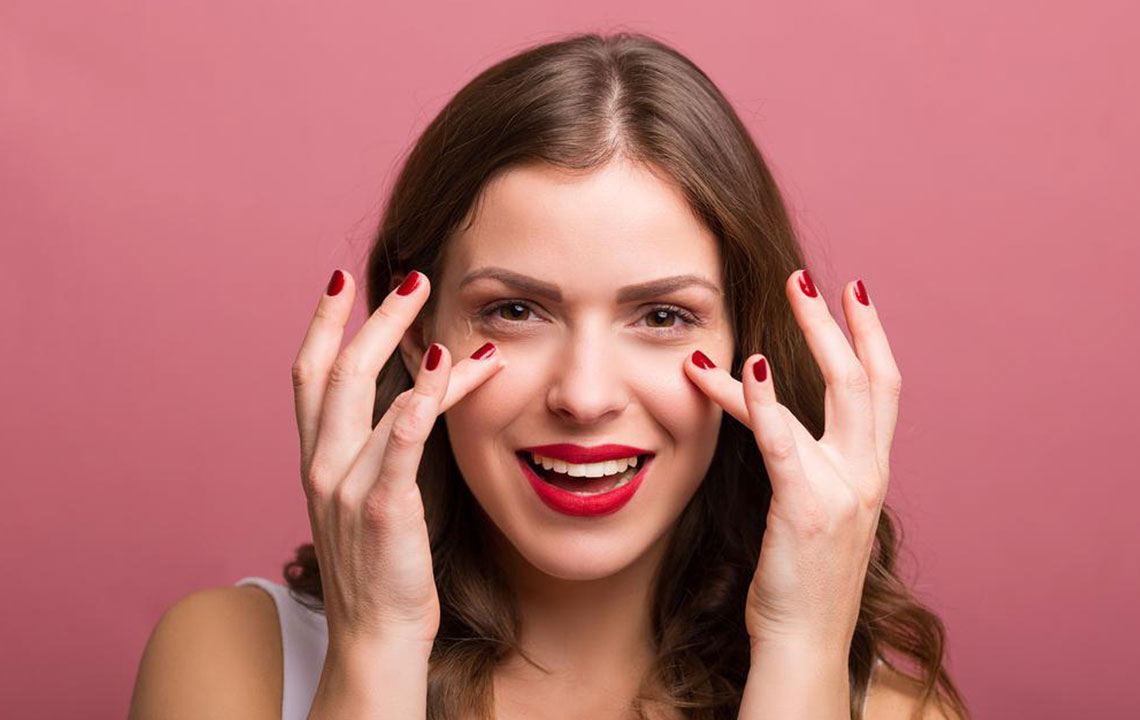Understanding Skin Growths: Common Questions About Seborrheic Keratosis
Seborrheic keratosis is a common, benign skin growth affecting many older adults. This article explains its appearance, causes, and signs indicating when to consult a doctor. Recognizing these harmless yet unsightly lesions can help individuals manage their skin health better, ensuring timely diagnosis and treatment if needed.
Sponsored

With aging, our bodies undergo numerous changes, and skin conditions can be part of this process. One common issue faced by older adults is seborrheic keratosis, a benign skin growth that may affect their appearance and self-confidence. Though harmless, these growths can look alarming and resemble more serious skin issues, making awareness important. This article answers frequent questions about seborrheic keratosis, including its appearance, causes, and when to seek medical advice, helping individuals better understand and manage this common condition.
What is seborrheic keratosis?
It is a benign skin condition prevalent among older adults characterized by the appearance of wart-like growths that are usually harmless.
Despite their resemblance to cancerous lesions, these growths are noncancerous and pose no threat to health. Initially, they can look similar to skin cancer, which often prompts concern.
They typically appear as brown, black, or light tan bumps on areas like the face, chest, shoulders, or back. While unsightly, they are painless and removable through various treatments.
What do seborrheic keratosis lesions look like?
These growths often start as small, rough patches and develop into thick, wart-like surfaces over time.
Their shapes are usually round or oval, with colors ranging from white, yellow, brown, to black.
They have a “stuck-on” appearance, appear waxy, and are slightly raised.
Multiple lesions can develop on the face, scalp, chest, shoulders, or abdomen, but they never occur on palms or soles.
Who is at higher risk of developing seborrheic keratosis?
People aged over 50 are more commonly affected, especially those with a family history of the condition.
Prolonged sun exposure increases the likelihood of developing these skin growths.
When should you see a healthcare professional?
If new growths appear or existing ones change in appearance.
If growths show unusual colors like purple or reddish-black.
If they become painful, itchy, or develop irregular borders.
If only a single growth appears, as seborrheic keratosis usually causes multiple lesions.

